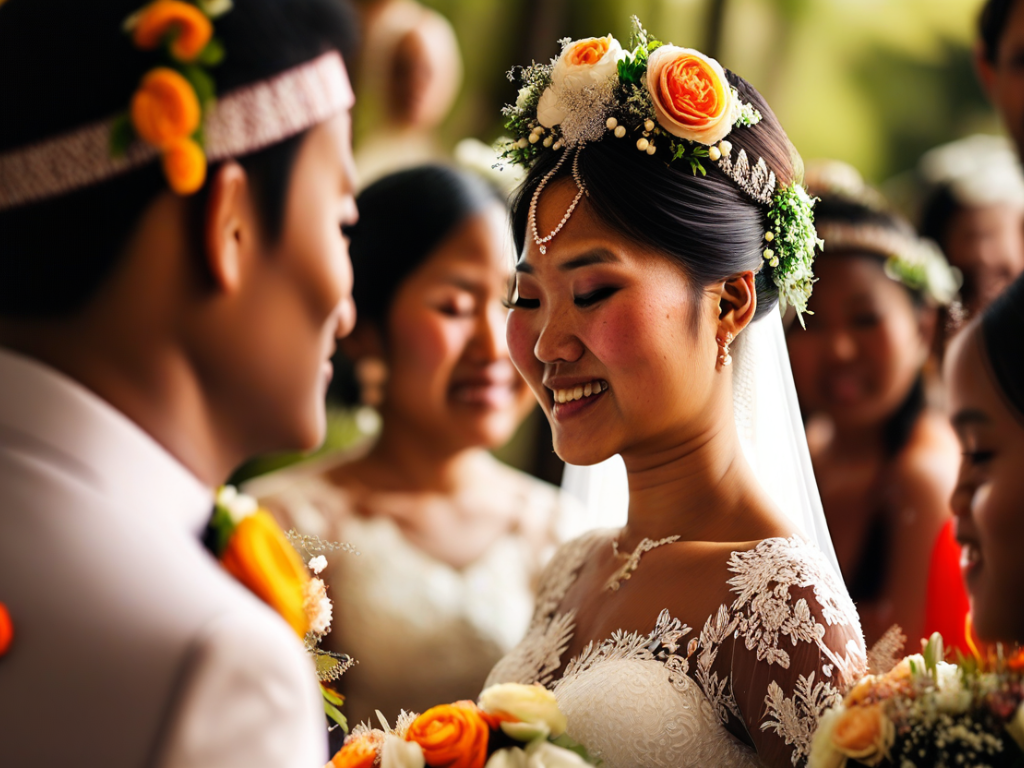The Magic of Cultural Rituals
Wedding ceremonies are more than just events; they are a tapestry woven with love, tradition, and culture. One of the most beautiful aspects of a wedding celebration is the incorporation of cultural rituals. These rituals not only add depth and meaning to the ceremony but also create lasting memories that couples and their guests will cherish forever.
In this article you will find:
- The Magic of Cultural Rituals
- Celebrating Heritage
- Uniting Families
- The Power of Symbolism
- Symbolism of Elements
- Symbolism of Gestures
- Personalizing Cultural Rituals
- Adding a Modern Twist
- Infusing Cultural Fusion
- Embracing Diversity
- Sharing Stories
- Creating Lasting Memories
Celebrating Heritage
Embracing cultural rituals in a wedding is a way to honor one’s heritage and ancestors. Whether it’s a traditional tea ceremony in Chinese culture, a vibrant Haldi ceremony in Indian weddings, or the breaking of the glass in Jewish ceremonies, these rituals connect couples to their roots and symbolize the continuation of age-old traditions.
Uniting Families
Cultural rituals play a vital role in bringing families together. They act as a bridge between different generations, uniting families through shared practices and beliefs. Grandparents, parents, siblings, and other relatives often play significant roles in these rituals, imparting wisdom and blessings to the couple as they begin their journey together.
The Power of Symbolism
Each cultural ritual carries its own unique symbolism, adding layers of meaning to the wedding ceremony.
Symbolism of Elements
Elements like fire, water, earth, and air are commonly used in cultural rituals to symbolize purity, strength, fertility, and harmony. For example, the lighting of a unity candle in Western ceremonies represents the coming together of two individuals and their families to form a new, unified entity.
Symbolism of Gestures
Gestures such as exchanging rings, garlands, or gifts symbolize the couple’s commitment, love, and respect for each other. In some cultures, the tying of knots or wearing of traditional attire signifies the binding together of two souls in a sacred union.

Personalizing Cultural Rituals
While traditional rituals hold deep cultural significance, couples today have the freedom to personalize these rituals to reflect their unique love story.
Adding a Modern Twist
Incorporating modern elements like personalized vows, favorite songs, or special readings alongside cultural rituals adds a personal touch to the ceremony. This blend of tradition and modernity creates a wedding that is both timeless and relevant to the couple.
Infusing Cultural Fusion
For couples from different cultural backgrounds, fusion ceremonies that combine elements from each tradition can be a beautiful way to honor both heritages. It symbolizes the harmonious blending of two families and creates a rich tapestry of customs and rituals.
Embracing Diversity
In today’s multicultural world, weddings serve as a celebration of diversity and unity. By embracing cultural rituals, couples not only honor their own heritage but also educate and inspire their guests, fostering a sense of inclusivity and openness.
Sharing Stories
Cultural rituals provide a platform for couples to share the stories and values that have shaped their lives. Through these rituals, couples invite their guests into their world, sharing the beauty and richness of their cultures in a joyous and meaningful way.
Creating Lasting Memories
The memories created through cultural rituals on a wedding day are treasured for a lifetime. From the colors and scents to the music and dances, every element of these rituals weaves a tapestry of emotions that guests carry in their hearts long after the celebration ends.


